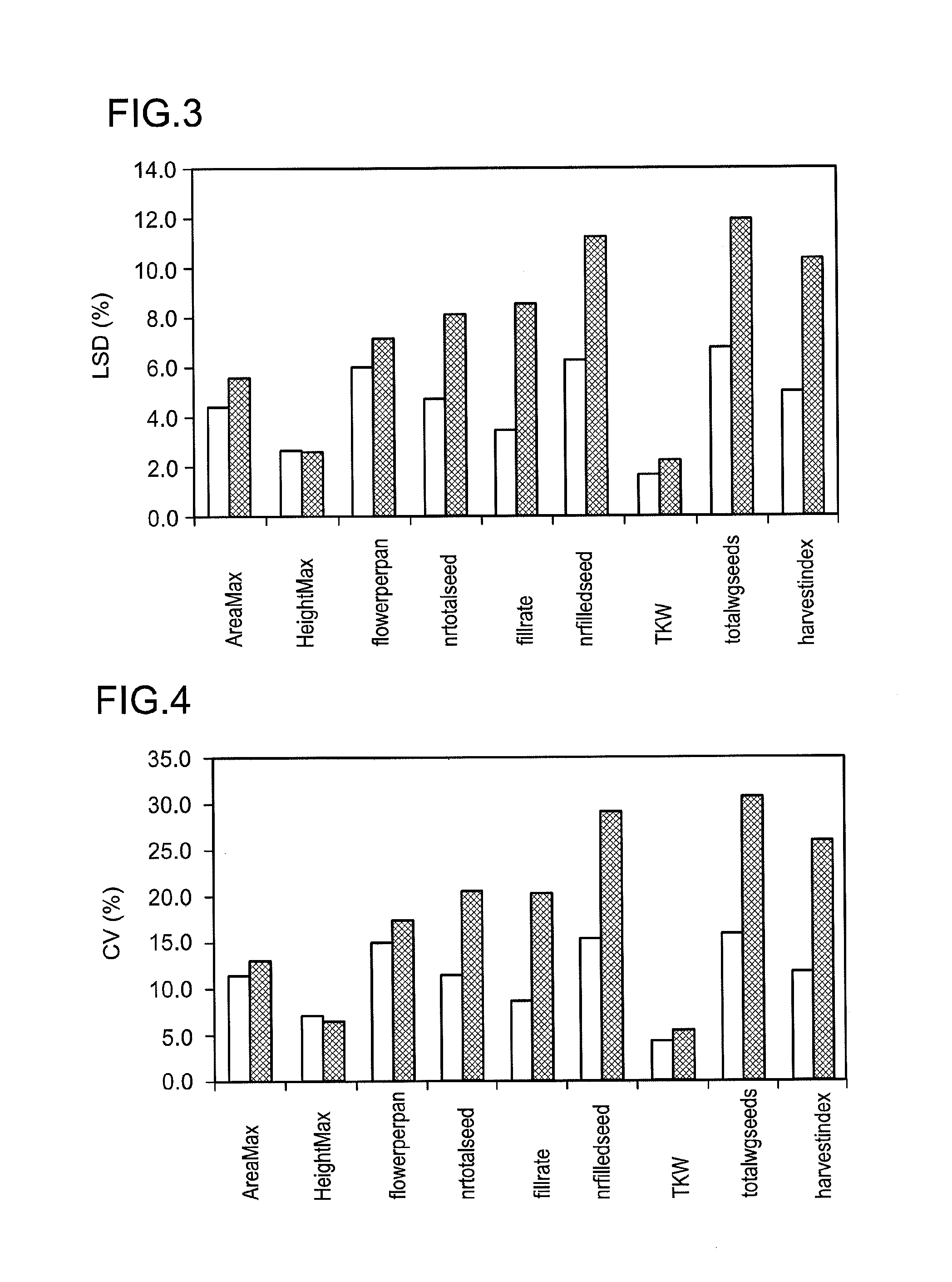System for Monitoring Growth Conditions of Plants
a technology for monitoring plants, applied in the direction of angiosperms/flowering plants, instruments, applications, etc., can solve the problems of complex technical systems, inability to prevent plants from being subject to varying or uncontrollable conditions, and inability to monitor the growth conditions of plants
- Summary
- Abstract
- Description
- Claims
- Application Information
AI Technical Summary
Benefits of technology
Problems solved by technology
Method used
Image
Examples
Embodiment Construction
[0169]In FIG. 1, a top view of a system 110 for monitoring growth conditions of a plurality of plant containers 112 is depicted. Each plant container 112 comprises a growing medium 114 and at least one plant specimen 116.
[0170]The system 110 further comprises at least one transport system 118, which may be designed to transport the plant containers 112 in a transport direction 120. In the preferred embodiment depicted in FIGS. 1 and 2, the transport system 118 comprises transport belts 122. However, other types of transport systems 118 are feasible, additionally or alternatively. The transport system 118 in this preferred embodiment may be designed as a closed loop system, being capable of repeatedly transporting all plant containers 112 into one or more positions, such as in a transport in a clockwise sense in FIG. 1.
[0171]The transport system 118 may further comprise one or more transport controllers 124, as schematically depicted in FIG. 1. The at least one transport controller 1...
PUM
| Property | Measurement | Unit |
|---|---|---|
| frequencies | aaaaa | aaaaa |
| frequencies | aaaaa | aaaaa |
| current | aaaaa | aaaaa |
Abstract
Description
Claims
Application Information
 Login to View More
Login to View More - R&D
- Intellectual Property
- Life Sciences
- Materials
- Tech Scout
- Unparalleled Data Quality
- Higher Quality Content
- 60% Fewer Hallucinations
Browse by: Latest US Patents, China's latest patents, Technical Efficacy Thesaurus, Application Domain, Technology Topic, Popular Technical Reports.
© 2025 PatSnap. All rights reserved.Legal|Privacy policy|Modern Slavery Act Transparency Statement|Sitemap|About US| Contact US: help@patsnap.com



